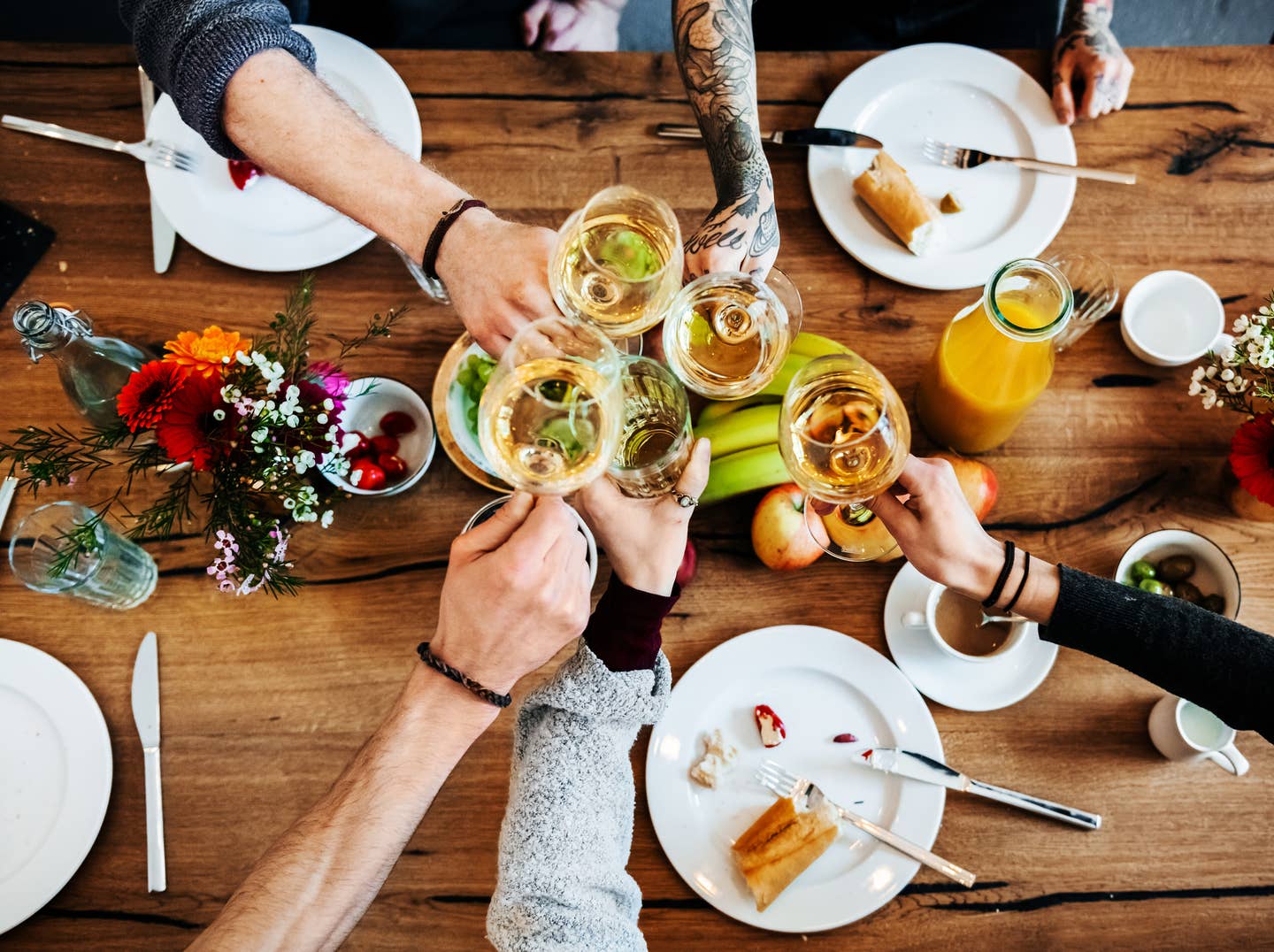
What the Heck is Seitan? A Protein-Packed Meat Substitute. Here’s How to Make It
You don’t have to bring home the bacon anymore when you’ve got seitan. Unless you have to avoid gluten, this “wheat meat” makes a tasty meat substitute and comes with health benefits, all of which can help you in your transition to a plant-based diet (or enhance it if you’re already there).
And it has 21 grams of protein per ounce. Do we have your attention? Seitan, which has been created for eons, is the top plant-based protein source on our list of The Top Ten Sources of Plant-Based Protein According to a Nutritionist.
When it comes to plant-based protein sources, no one needs Wikipedia to know what tofu or quinoa is. Yet no one gets what Seitan is. Most folks can’t even pronounce it – for the record, it’s “say-tan” – or have a clue what it's made of. Below, experts dish on this age-old protein source and give you the scoop on how to add it to your diet.
Meet your new not-meat source
Surprisingly, the seitan may not be as foreign as you may think. “Seitan typically comes from the gluten component of wheat, the main protein source of grains,” says Catherine Perez, M.S., R.D., a plant-based dietitian in West Hartford, Ct. It’s made by extracting the gluten from whole wheat flour and creating a meat-textured product with a chewy feel, one reason it’s also called “wheat meat.” It’s so meat-like, that many vegans actually find it too similar to eat.
While it might be new to you, it’s been a staple for hundreds of years, dating back to when meat was scarce and wheat was readily available, among populations like wheat farmers in Russia, China’s vegetarian monks, peasants in Southeast Asia, and even the Mormons, according to Barbara and Leonard Jacobs, in their book Cooking with Seitan. It’s also a traditional food in Japanese cuisine.
Because of the burgeoning interest in plant-based foods, seitan has never been hotter. In fact, a recent report by Technavio estimates that the global seitan market is expected to grow by over $67 million from 2019 to 2023. One reason for this boom? The increase in fast food eateries offering seitan. Today, restaurants are using seitan in every way possible, including burgers, hotdogs, sandwiches, tacos, and salads.
You can also buy seitan in the store, either as a stand-alone product or in pre-made meals. For instance, Upton’s Naturals has a line of ready-to-use seitan that includes chunks, burgers, grounds, and strips (like bacon). Meanwhile, another leader in the seitan market, Sweet Earth, sells seitan as strips, grounds, and slices and even includes it in several of its frozen entrees.
How seitan can benefit you
You know, of course, that whole grains are part of a healthy diet, even though many dieters try to stay away from carbs, but not all grains are created equal. Rice and Quinoa are loaded with protein. Where seitan fits into that isn’t clear at first, until you start digging into its nutritional profile.
As you might expect, seitan is high in protein, which will benefit people who have trouble meeting their protein needs. In 100 grams of seitan (at 3.5 ounces, nearly half a cup), you’ll get 75 grams of protein, according to the USDA. It’s also a nutrient-dense choice, with just 1.8 grams of fat in that same serving size and tons of minerals: Seitan is rich in iron and selenium, magnesium, phosphorus, and potassium, too, says Jennifer Mimkha, M.P.H., R.D., plant-based dietitian and owner of Prana Nutrition in Tampa, Fla.
The trouble is, most seitan is a processed food, and “many of these foods can contain large amounts of sodium and preservatives (like food dyes and sulfites),” Mimkha says, adding that pre-cubed seitan contains higher amounts of sodium. And if you buy seitan in a sauce, it can contain high amounts of sugar.
One way to avoid this? Check labels and choose seitan products that have no more than 500 milligrams of sodium per serving and less than eight grams of added sugar, Perez says. Of course, if you’re only using seitan every now and then, you may not have to be as stringent about these rules. You can even make your own seitan if you’re feeling adventurous.
Make your own seitan! It's fun and easy.
Here's a fun video that shows how to make seitan at home. It's not as hard as you might think!
When eaten in moderation, seitan can be a great meat alternative for anybody who’s veg-curious, vegans, or anybody who needs to avoid soy-based plant proteins. And it’s a fantastic food to help folks transition from a meat to a plant-based diet. “When you start to miss the meat, seitan can be a good substitute,” Perez says.
Of course, anybody with celiac disease or who needs to avoid gluten should skip seitan altogether. Because it is a wheat product, you need to avoid even a small amount, Mimkha says.
To cook with seitan at home, treat it just as you would meat. Think about the flavors you love most – whether herbs and spices or sauces and marinades – and use them the exact same way with the seitan, which easily picks up flavors. You can then add it to dishes like stir-fries, bake it, place it in an air fryer to get it crispy or grill it.
Do a little experimenting with seitan, and you may soon be quipping with the vegans “Hail seitan.”
More From The Beet






